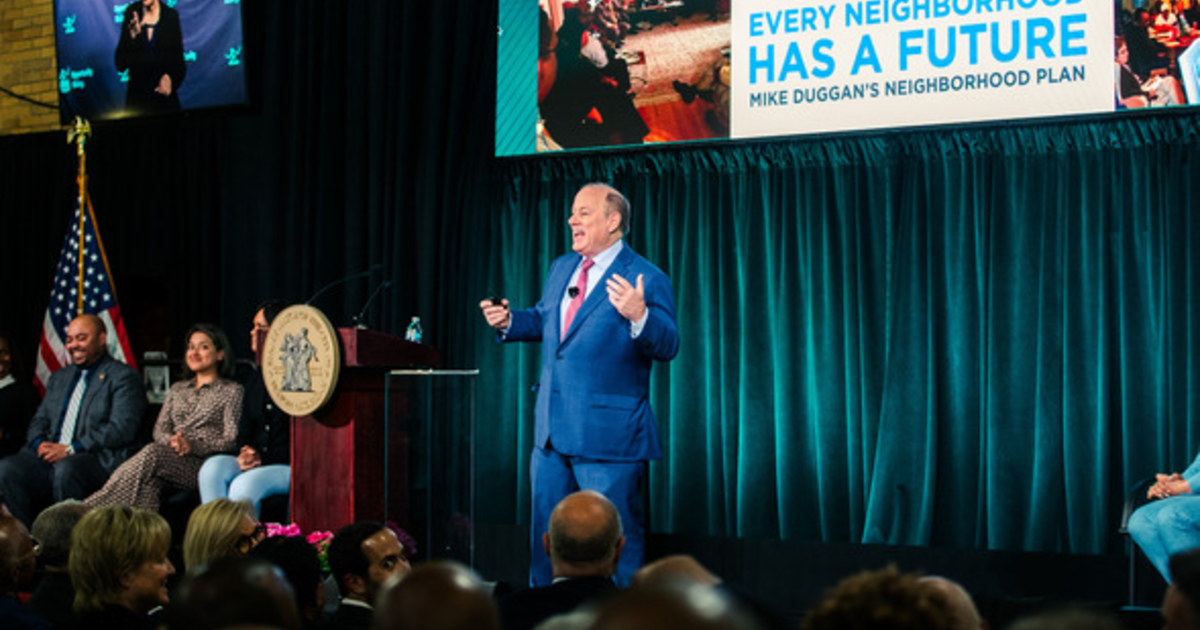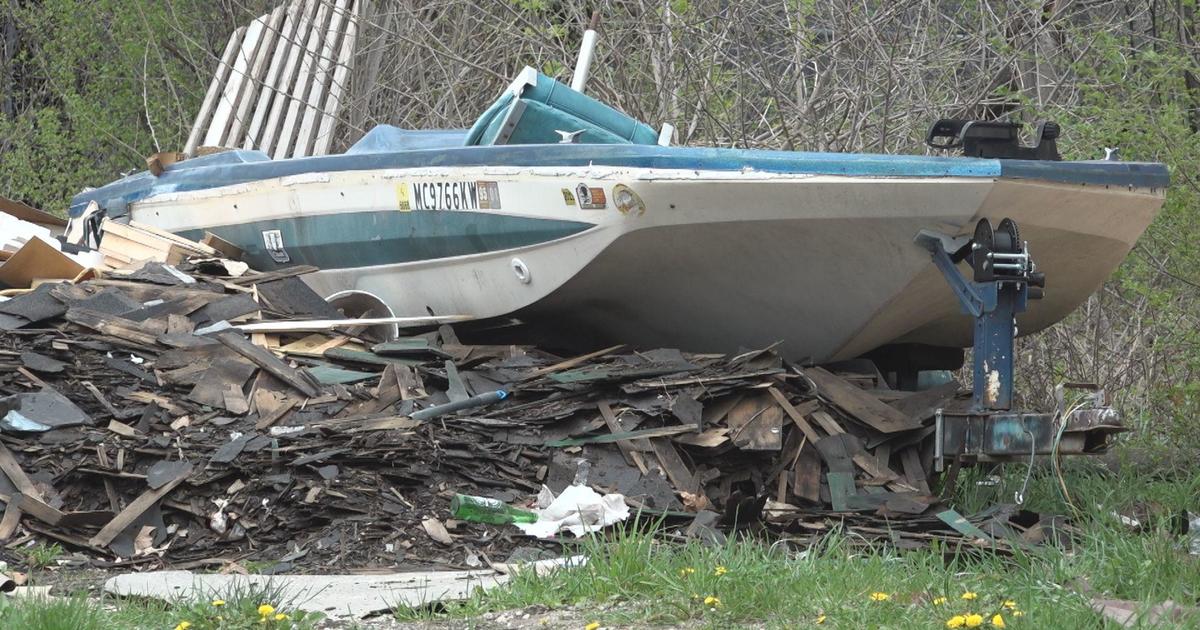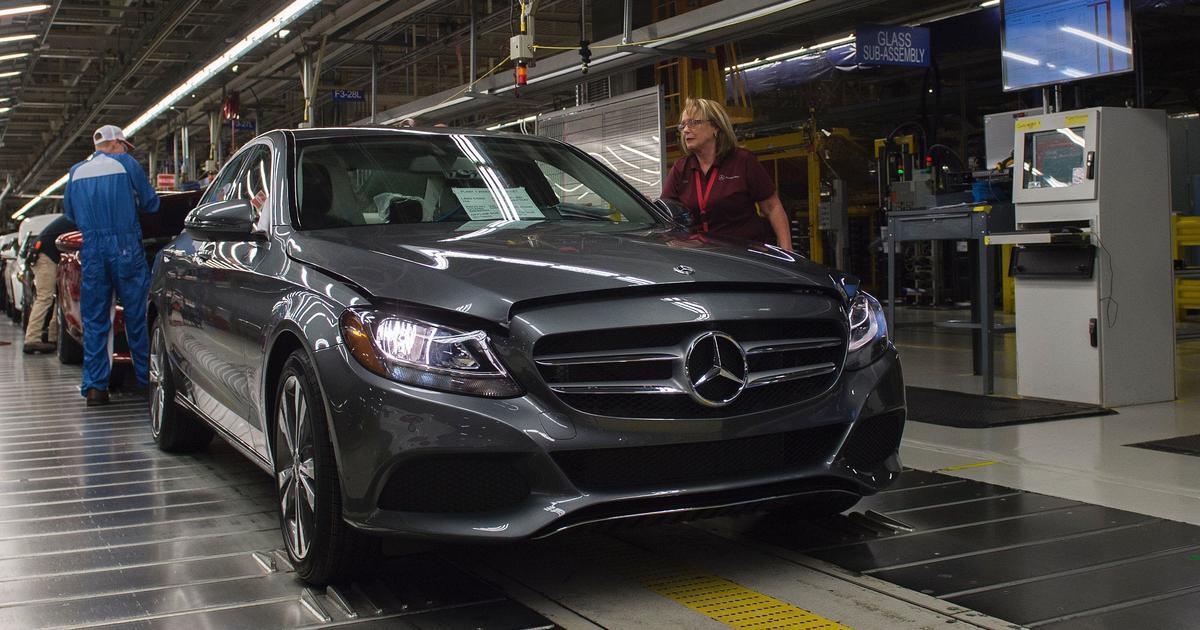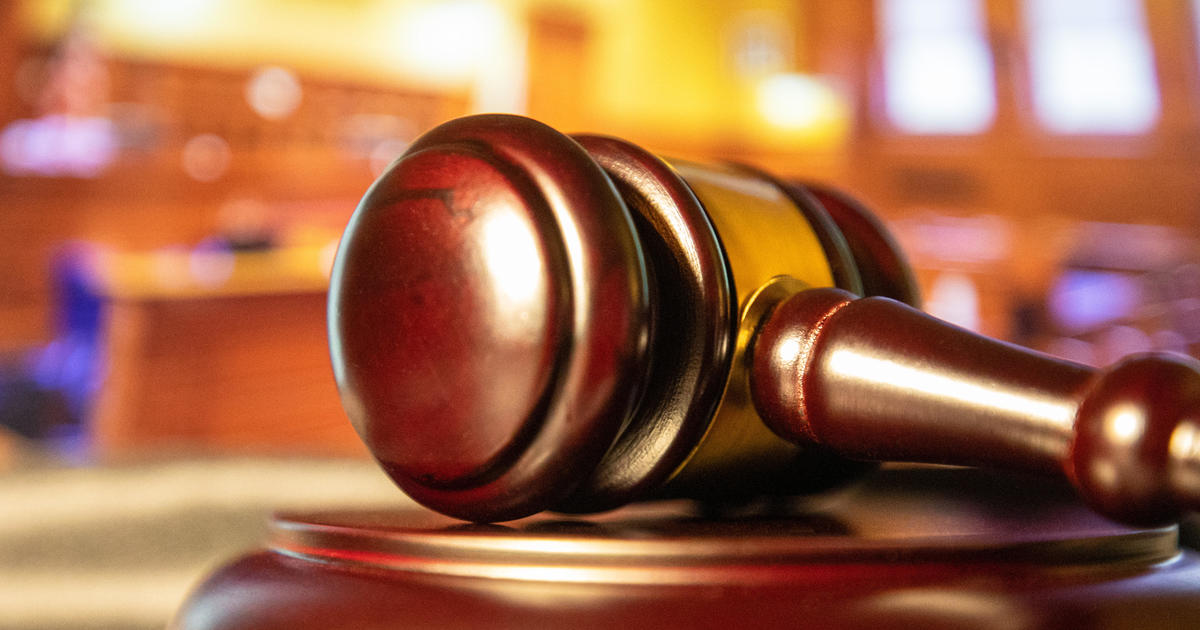Solid State Lighting Trade Group Talks Growth

The future of lighting is solid state.
And well over 100 people gathered Wednesday at the University of Michigan - Dearborn to talk over that future at the second annual day-long symposium of the Michigan Solid State Lighting Association.
The event featured presentations and demonstrations of lighting technologies that have the promise of lower energy costs and more natural-looking lighting.
Harvey S. Berman, attorney at Bodman LLP, presented "LED 123 -- Key Contract Issues and Solutions." He began by presenting the "tremendous benefits of LEDs," including efficiency, more realistic light color, lower heat, long life, higher shock resistance and lower toxicity.
Berman said there are tremendous growth forecasts for LED lighting -- a doubling of installations every 36 months. But he also said there are many public misconceptions of LEDs and a lack of competence in LED lighting design.
The Federal Trade Commission is actively regulating the industry, already suing one company, Lights of America, over offering LED lamps at major national retailers that didn't meet stated claims for light output and lamp life. There will also be requirements soon for "lighting facts" labels, much like the nutrition facts labels now on food.
Berman also offered much detail on warranty requirements and insurance issues for manufacturers, wholesalers, retailers and builders.
Presenter John "Jack" Curran, president of LED Transformations LLC of Stanton, N.J., covered several federal Department of Energy programs -- some, like Gateway, dedicated to funding demonstrations of LED projects in various applications, and others, like Caliper, a secret shopper and testing program that calls out companies whose lamps don't meet stated claims.
Curran offered several successful LED installations, including a restaurant that went from 5,100 watts of light in the dining room to light tabletops from the ceiling down to 900 watts.
Also, Curran said, "LEDs love the cold. LEDs make terrific freezer and refrigerator lights, as opposed to fluorescents, which hate the cold." Street lighting, cove lighting and undercounter lighting are also good applications, he said.
And contrary to popular belief, LEDs do radiate heat -- just not out the lamp surface. Instead, the heat is generated at an electrical junction, and manufacturers have to engineer it away.
Later in the day, attendees learned how a 100-watt LED street light could replace a 175-watt metal halide lamp, paying for itself in 4.5 years.
MSSLA president Dave Simon, who is also president of the Troy LED lighting provider Ilumisys Inc., said at the end of the event that "Michigan has unique capabilities" to become an LED industry leader.
"There isn't a region in the world with a deeper legacy of high volume manufacturing and a better combination of resources -- water, transportation, labor force, a border crossing with Canada," he said.
Simon said MSSLA will continue to hold the events every November.
More at www.mssla.org, where Simon said presentations from Wednesday's speakers should be posted shortly.
(c) 2010, WWJ Newsradio 950. All rights reserved.



